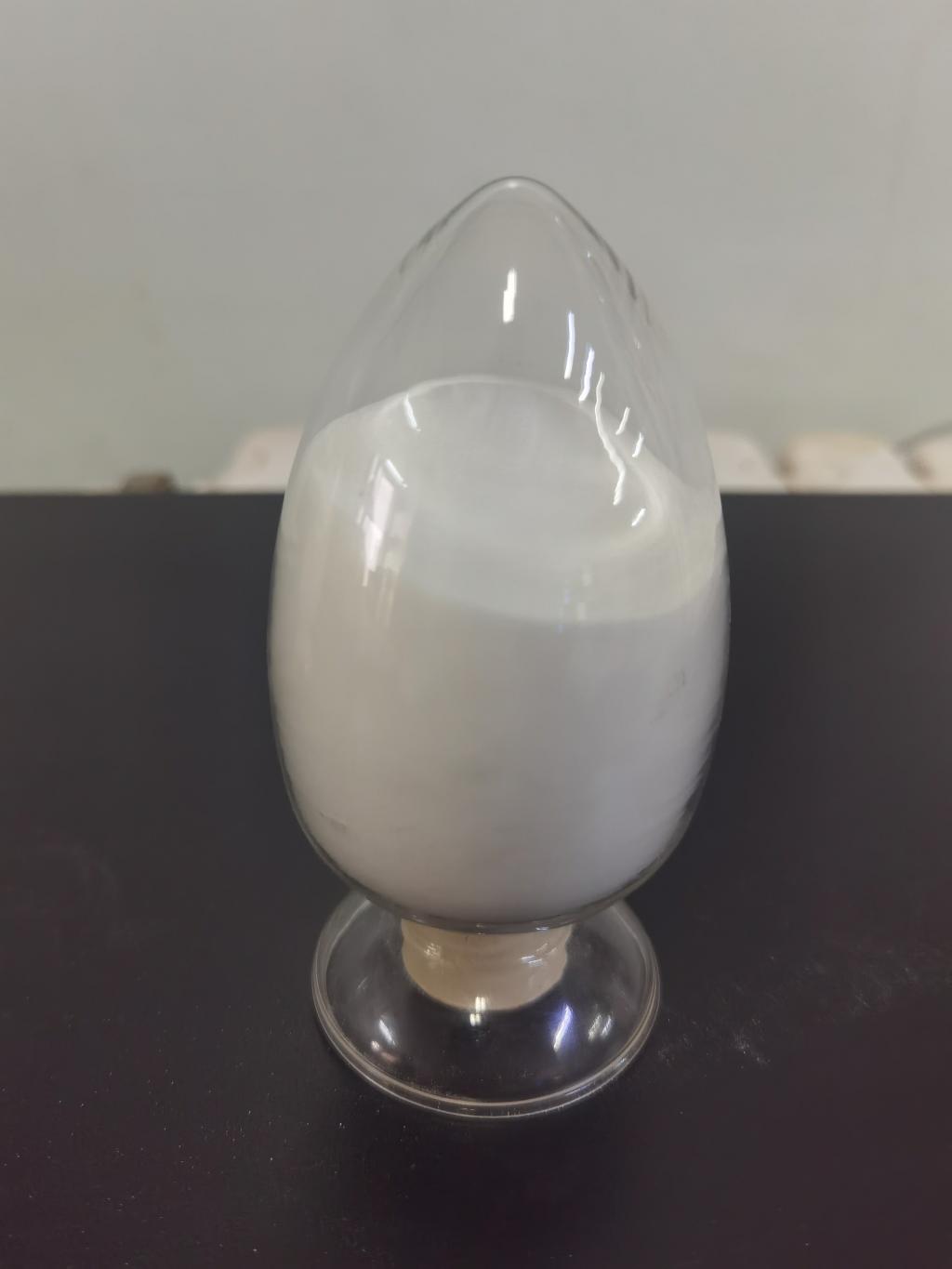Tel:+8618231198596

News
 CONTACT
CONTACT
 CONTACT
CONTACT
- Linkman:Linda Yao
- Tel: +8618231198596
- Email:linda.yao@dcpharma.cn
- Linkman:CHARLES.WANG
- Department:Overseas
- Tel: 0086 0311-85537378 0086 0311-85539701
News
Current Position:
Home >
News
>Biomedical Engineering Innovations Enabled by ε-Polylysine Hydrochloride.
Biomedical Engineering Innovations Enabled by ε-Polylysine Hydrochloride.
TIME:2024-06-12
Antimicrobial Properties:
ε-PL is a cationic antimicrobial peptide composed of multiple lysine residues linked by peptide bonds. It exerts its antimicrobial activity by disrupting bacterial cell membranes, leading to leakage of intracellular contents and cell death. Unlike traditional antibiotics, ε-PL has broad-spectrum activity against Gram-positive and Gram-negative bacteria, fungi, and some viruses. Its effectiveness and safety make it an attractive option for biomedical applications where antimicrobial protection is needed.
Drug Delivery Systems:
ε-PL has been incorporated into drug delivery systems to enhance the stability, solubility, and bioavailability of therapeutic agents. By encapsulating drugs within ε-PL nanoparticles or micelles, researchers can protect them from degradation and improve their targeting to specific tissues or cells. Additionally, ε-PL can be used as a coating material for drug-eluting stents, implants, and medical devices to prevent bacterial colonization and biofilm formation, reducing the risk of device-related infections.
Tissue Engineering:
In tissue engineering, ε-PL serves as a scaffold material for promoting cell adhesion, proliferation, and differentiation. ε-PL hydrogels can mimic the extracellular matrix and provide a supportive environment for tissue regeneration. By incorporating bioactive molecules or growth factors into ε-PL scaffolds, researchers can enhance tissue regeneration and repair in applications such as wound healing, bone regeneration, and cartilage repair.
Wound Healing:
ε-PL has been investigated for its potential applications in wound healing and skin regeneration. ε-PL-based dressings and scaffolds can create a protective barrier over wounds, preventing infection and promoting tissue repair. Additionally, ε-PL has antimicrobial properties that can help combat wound infections, reducing the need for traditional antibiotics and minimizing the risk of antimicrobial resistance.
Antimicrobial Coatings:
ε-PL coatings have been developed for medical devices, implants, and surfaces to prevent microbial contamination and biofilm formation. By immobilizing ε-PL onto surfaces, researchers can create antimicrobial coatings that inhibit bacterial adhesion and growth, reducing the risk of device-related infections and improving patient outcomes. ε-PL coatings have potential applications in catheters, urinary stents, orthopedic implants, and wound dressings.
Challenges and Considerations:
While ε-PL shows great promise for biomedical engineering applications, several challenges and considerations need to be addressed. These include optimizing ε-PL formulations for specific applications, ensuring biocompatibility and safety, understanding potential interactions with biological systems, and overcoming regulatory hurdles for clinical translation. Collaborative efforts between researchers, engineers, clinicians, and regulatory agencies are essential for advancing ε-PL-based technologies in biomedicine.
Future Directions:
Future research in biomedical engineering should focus on further optimizing ε-PL-based technologies for clinical applications, conducting preclinical and clinical studies to evaluate safety and efficacy, exploring novel delivery strategies and formulations, and addressing challenges related to scalability, cost-effectiveness, and regulatory approval. By leveraging the unique properties of ε-PL, researchers can continue to innovate in drug delivery, tissue engineering, wound healing, and antimicrobial coatings, ultimately improving patient care and advancing healthcare technologies.
Conclusion:
ε-Polylysine hydrochloride is a versatile antimicrobial peptide with diverse applications in biomedical engineering. From enhancing drug delivery systems to promoting tissue regeneration and combating antimicrobial resistance, ε-PL is driving innovations in healthcare technologies. By harnessing the antimicrobial and biocompatible properties of ε-PL, researchers and engineers are developing novel solutions for addressing healthcare challenges and improving patient outcomes. Continued research and collaboration are needed to unlock the full potential of ε-PL in biomedical engineering and translate these advancements into clinical practice.
- Tel:+8618231198596
- Whatsapp:18231198596
- Chat With Skype







